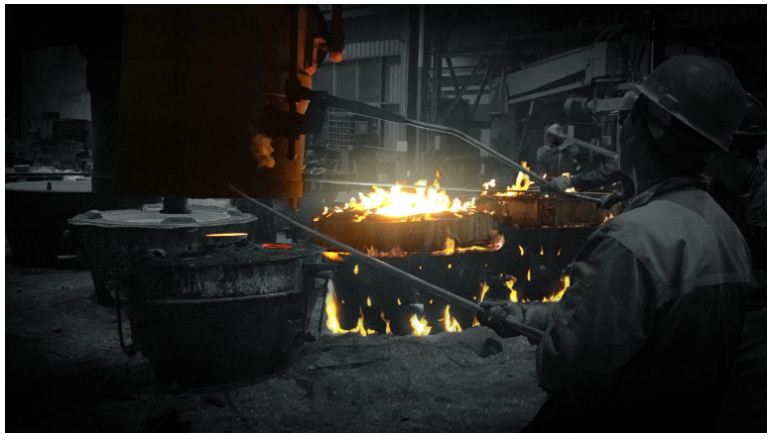China eyes capacity caps for copper, lead and zinc smelters
Could Beijing’s solution to overcapacity in China’s aluminum sector be a template for other metals?
![]() Yes, according to China’s state-backed non-ferrous metals industry association (CNMIA), which is recommending aluminum-style capacity caps for the country’s copper, lead and zinc smelters.
Yes, according to China’s state-backed non-ferrous metals industry association (CNMIA), which is recommending aluminum-style capacity caps for the country’s copper, lead and zinc smelters.
Chinese processing capacity in all three metals has grown far faster than mine capacity, creating a raw materials crunch that is biting into smelter margins.
Multiple Western smelters have reduced operating rates or fully curtailed plants and it’s clear that Chinese operators are now also feeling the pain caused by their collective investment exuberance.
“Involution” in action
“Intense ‘involution-style’ competition has undercut companies’ negotiation power in raw materials procurement, squeezing profits and threatening a sustainable industry development,” according to Duan Shaofu, a CNMIA official quoted in state media.
In Beijing “involution” translates as excessive, self-destructive competition in sectors where too much capacity is chasing too little feed.
Which is as accurate a description of the copper raw materials sector as you’ll find.
China’s massive expansion in smelter capacity has lifted the country’s refined output by 12% year-on-year in the first nine months of 2025, according to local data provider Shanghai Metal Market (SMM).
But the flip side has been ferocious competition for feedstock.
Spot treatment and refining charges, which would normally represent a core revenue stream for smelters, have been negative for many months.
Benchmark terms, covering larger volumes over longer periods, have collapsed to zero. Chinese smelters agreed with Chilean miner Antofagasta to process its concentrates for free in mid-year negotiations.
Zinc treatment charges turned negative at the end of 2024 but have since recovered to around per metric ton, still low by historical standards.
Lead treatment charges are totally bombed out at a record low of minus 5 per ton for imported raw material, according to SMM.
The common theme is one of Chinese smelters chasing the market ever lower as they battle for survival in an ever more challenging raw materials squeeze.
Low utilization
Capacity utilization in China’s primary aluminum smelting sector is currently over 96%, according to SMM, as production runs just below the mandated 45 million ton annual cap.
Despite much industry skepticism, the cap appears to be a hard one, give or take some collective amperage flex.
The Shanghai aluminum price has risen by 8% since the start of the year, while the alumina price has slumped by 48%. In times gone by the wide price margin between output and core input would have seen Chinese smelters aggressively lift production.
This year, though, annualized production has edged up by only a marginal 370,000 tons with national output growth slowing from 4.2% last year to 2.2% in the first nine months of this year, according to the International Aluminium Institute.
Capacity utilization in China’s copper smelter sector, by contrast, was 84% in September, according to SMM.
Moreover, that headline figure masks a very divergent performance within the sector. SMM estimates that large copper smelters operated at 88% of capacity, medium-sized smelters at 79% and smaller operators at just 60%.
Operating rates at China’s secondary lead smelters, a big part of the battery metal’s supply dynamic, fell as low as 22.3% in September, according to SMM.
Future marker
CNMIA’s public call for capacity caps is an official acknowledgement of the problems created by China’s excessive build-out of new smelter capacity.
It also places sectors such as copper, zinc and lead in the crosshairs of Beijing’s broader “anti-involution” campaign.
But the key question is how long it will take to translate into official policy and where any caps will be set.
In the case of aluminum, the cap was announced in 2017 and is only now starting to act as a tangible brake on the sector’s previously fast growth rate.
Beijing probably doesn’t have that much time to play with when it comes to sectors such as copper, where smelters are facing potentially negative terms in next year’s benchmark deals, when they tend to lock in most of their raw material volumes.
That said, any cap is likely to be set in a way that discourages further investment in new capacity rather than forces the closure of existing capacity.
That offers little immediate relief to smelters outside of China which are feeling the full impact of the country’s smelting “involution”./mining.com
Saturday ۸th of November ۲۰۲۵ 65
More news on the subject












